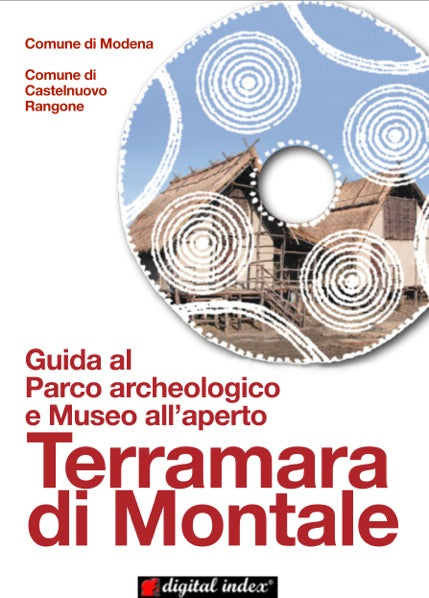Guide to the Archaeological Park and Open-Air Museum of Terramare di Montale
Guide to the Archaeological Park and Open-Air Museum of Terramare di Montale
Municipality of Modena, Municipality of Castelnuovo Rangone
ISBN 9788897982203, Digital Index Publisher, Modena 2012
APPLE IBOOK INTERACTIVE VERSION IN ITALIAN
The first interactive digital book on an Italian Museum : the Terramare Archaeological Park and Open-Air Museum of Montale with images, photos and videos.
An educational tool to discover one of the most beautiful and archaeological parks in Italy.
The archaeological site of Montale in the province of Modena was “rediscovered” in the second half of the nineteenth century, when countless finds from the Bronze Age came to light in this area of Modena known as “terramare”.
The Terramare were Bronze Age villages that arose in Emilia and in the central area of the Po Valley around the middle of the second millennium BC.
Each settlement, generally rectangular in plan, was equipped with artificial fortifications consisting of high embankments reinforced by wooden palisades and surrounded by moats filled with water.
The huts were often built on platforms supported by poles, similar to those of stilt houses, but placed on dry land rather than on lake basins, a system to isolate them from the humidity of the ground.
The houses, built with earth and wood, were often rebuilt and as a result layers of rubble piled up on top of each other, creating real hillocks.
During the 19th century the earth that formed the hills was used as fertilizer; these soil quarries were called "mare" or "marne" lands.
Studies have highlighted that the Terramare were the expression of a rather rich and technologically and culturally advanced society that disappeared mysteriously and suddenly around 1180 BC.
The Montale Archaeological Park (23,000 m2) includes an archaeological area and an open-air museum.
The archaeological area can be visited thanks to a covered structure that allows you to visit the excavations and "read" directly on the ground the traces of over four centuries of life of the village.
In an area adjacent to the archaeological site, the Open Air Museum offers a life-size reconstruction of part of the village, including the moat, the embankment with defensive palisades, the entrance gate to the village and two large houses philologically reconstructed thanks to data from the excavations.
The interior of the houses is furnished with furnishings, pottery, tools, weapons, perfect copies of the originals.



